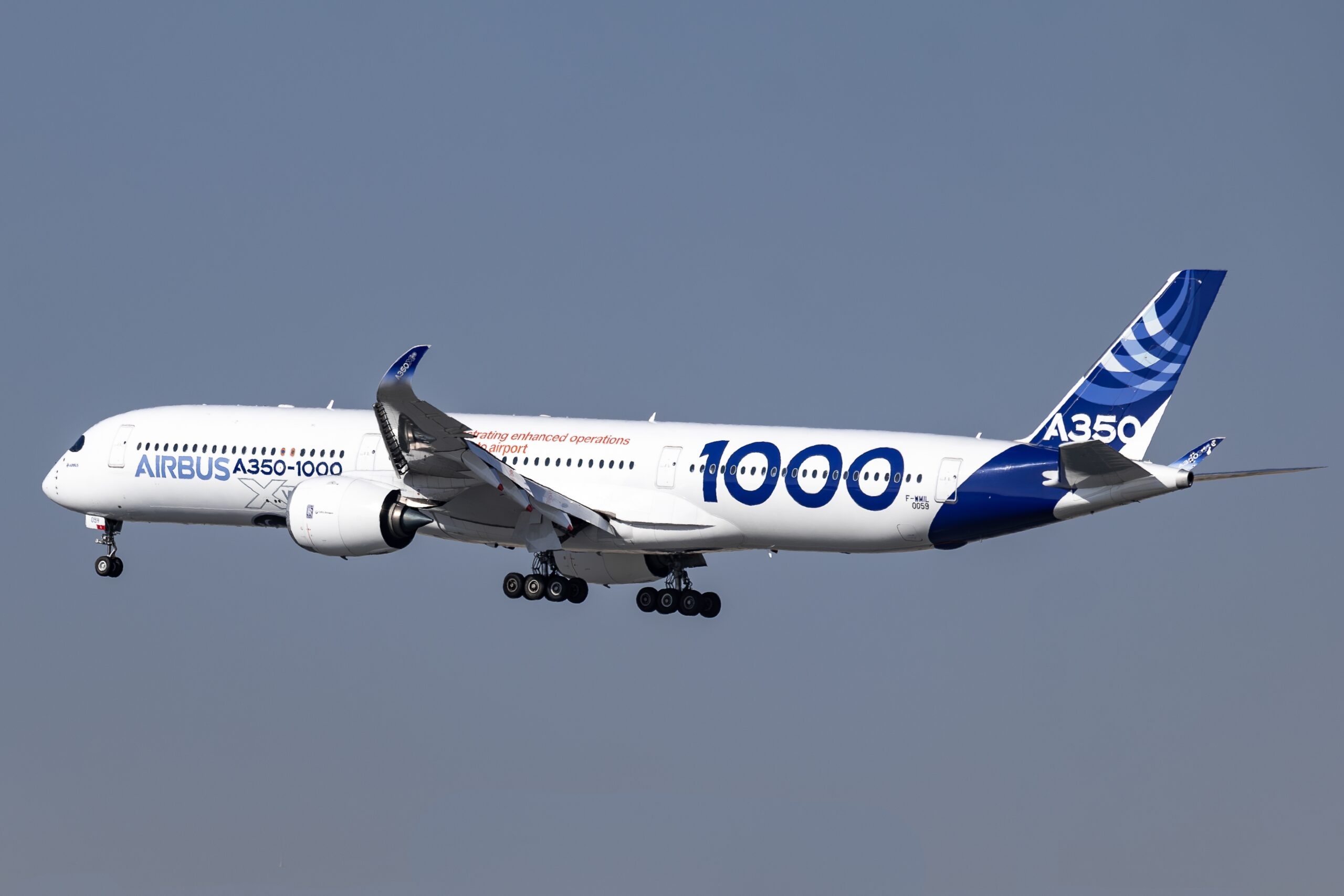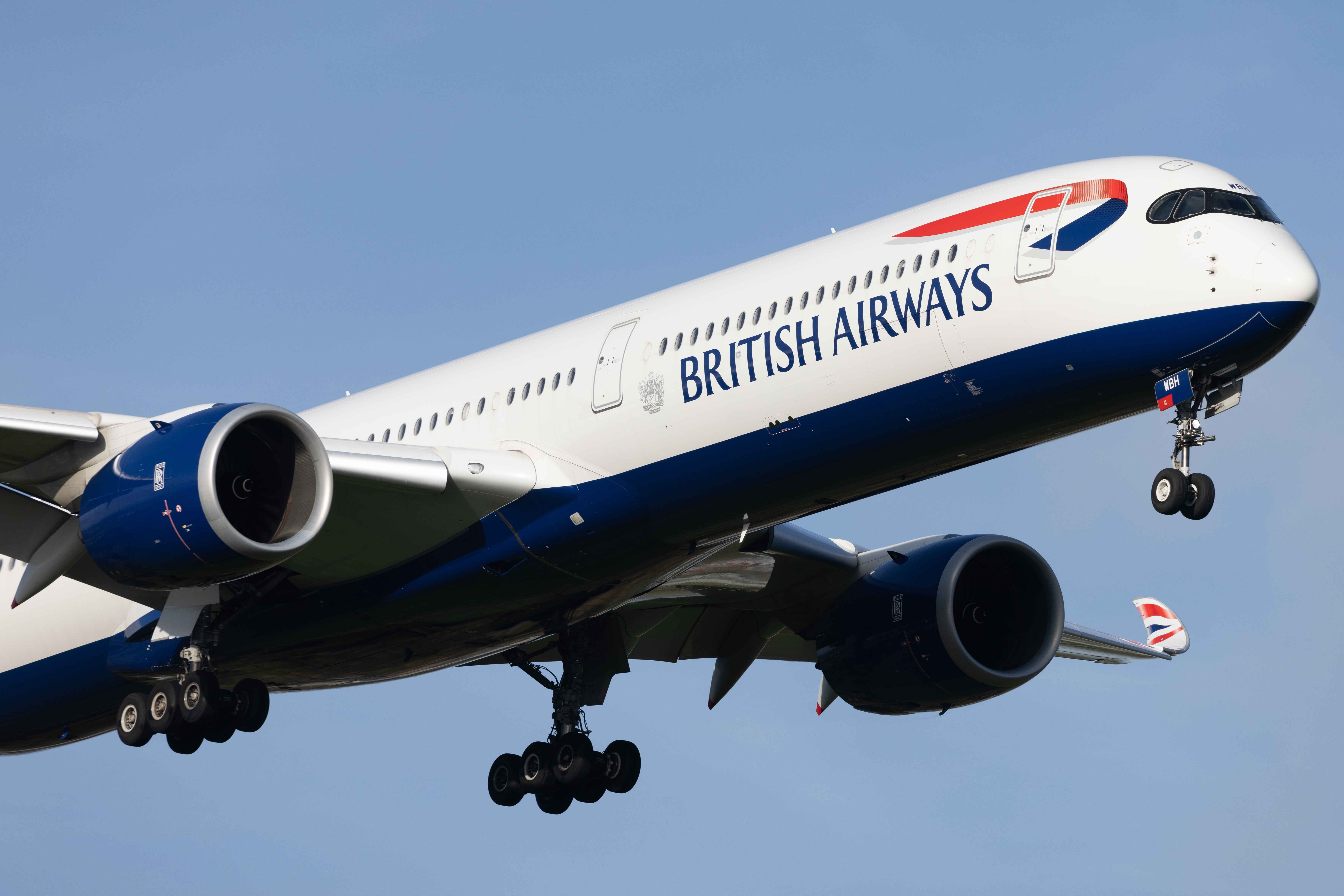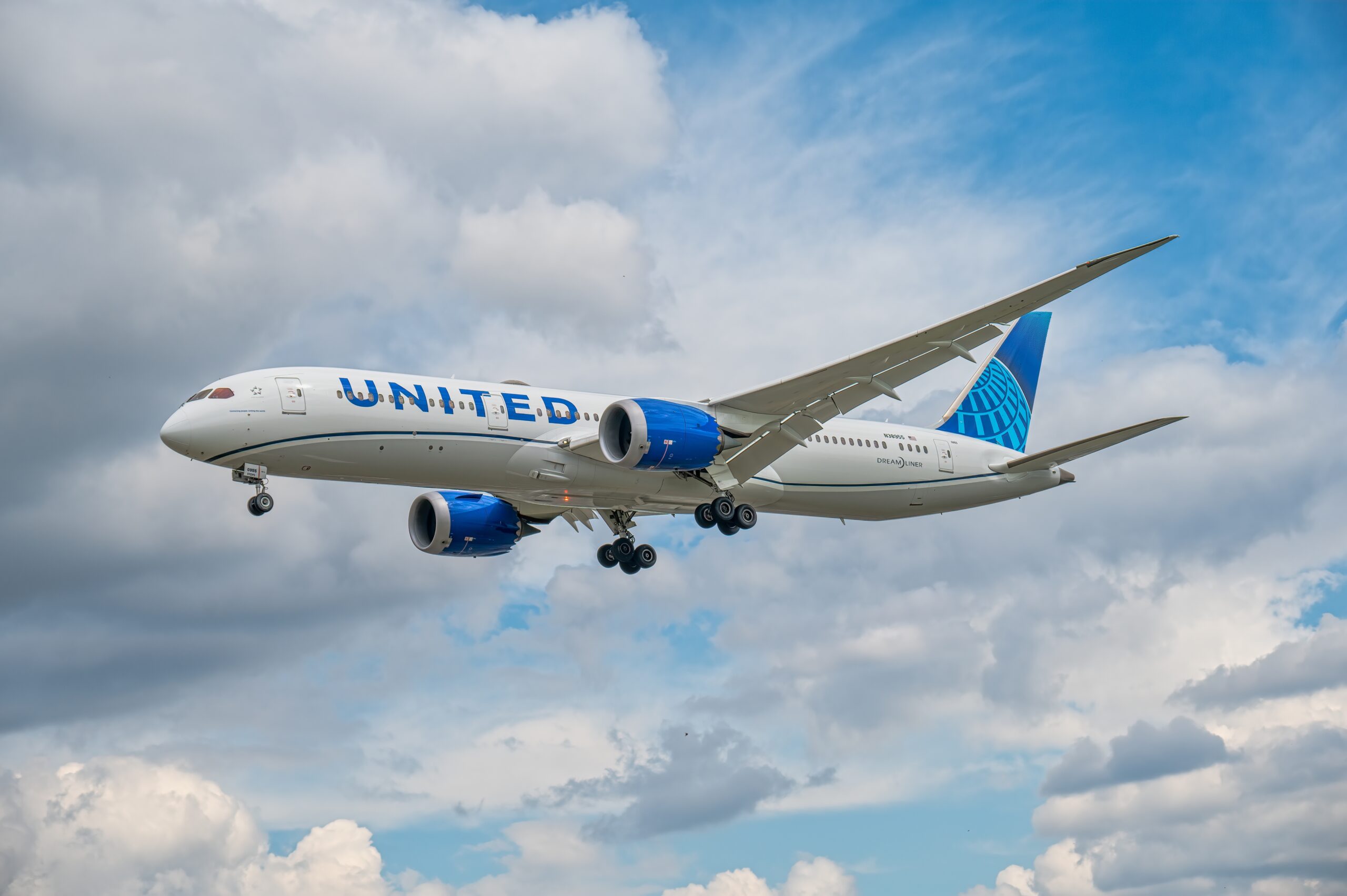Commander 114B
Commander 114B
The Commander 114B is an aircraft distinguished by its unique mix of performance, comfort, and reliability. Developed by Rockwell International in the 1970s, this single-engine plane quickly gained a reputation for its robust design and impressive specs.
Design and Development
The development of the Commander 114B was part of Rockwell’s efforts to diversify and strengthen its presence in the civil aviation market. The 114B was an evolution of previous models, incorporating various improvements. The focus was on offering enhanced flight performance while ensuring passenger comfort.
The aircraft features a low-wing configuration, which contributes to its stability and control. The design incorporates a retractable undercarriage, reducing drag and improving speed. Attention to aerodynamic details helps in achieving efficient flight characteristics.
Technical Specifications
- Engine: Lycoming IO-540-T4B5D
- Horsepower: 260 HP
- Wingspan: 35 feet 7 inches
- Length: 25 feet 10 inches
- Maximum Takeoff Weight: 3,140 pounds
- Fuel Capacity: 68 gallons
- Cruise Speed: 164 knots
- Range: 730 nautical miles
- Service Ceiling: 18,000 feet
Performance
The Commander 114B is known for its commendable performance metrics. The aircraft can reach cruising speeds of around 164 knots, helping pilots swiftly move between locations. The combination of speed and fuel efficiency makes it an attractive option for long-distance flights.
The Lycoming IO-540 engine provides reliable power and consistent performance. The engine is known for its durability and ease of maintenance, factors that significantly contribute to the aircraft’s overall appeal.
A noteworthy aspect of the Commander 114B is its handling characteristics. Pilots often praise the aircraft for its smooth and responsive controls, allowing for a pleasant flying experience. This handling capability is crucial for both seasoned and novice pilots.
Interior and Comfort
The interior of the Commander 114B stands out in its class. The cabin is designed to accommodate four passengers comfortably, providing ample legroom and headroom. The seating layout follows ergonomic principles, promoting comfort during extended flights.
Attention to noise reduction within the cabin ensures a quieter flight experience. This focus on minimizing noise levels adds to passenger comfort, making long journeys more bearable. The windows are strategically positioned, providing excellent visibility for both pilots and passengers.
The aircraft also includes modern avionics systems, enhancing the overall flight experience. The inclusion of updated navigation and communication systems reflects the ongoing efforts to keep the aircraft aligned with technological advancements.
Maintenance and Safety
Safety remains a priority with the Commander 114B. The aircraft features a robust airframe, capable of withstanding various stress conditions. The structural integrity and design elements contribute to overall flight safety.
Regular maintenance is streamlined thanks to the aircraft’s design. Accessibility to key components allows for efficient inspections and repairs. This ease of maintenance helps in reducing downtime and ensures the aircraft remains operational.
One of the strengths of the Commander 114B is its comprehensive documentation and community support. Owners and operators have access to detailed manuals and knowledge bases, facilitating effective maintenance practices. Since many units are still operational, there’s a strong network of support available.
Operational Usage
The versatility of the Commander 114B makes it suitable for various operational scenarios. The aircraft is often used for private flying, offering a reliable and comfortable means of travel. Business professionals find the aircraft useful for regional business trips.
Flight schools and training institutions also utilize the Commander 114B due to its reliable performance and ease of handling. Training new pilots on this aircraft prepares them for a wide range of flying conditions.
Several Commander 114B units are also used for light cargo transport. The aircraft’s payload capacity and range make it fit for carrying essential goods over medium distances. This adaptability adds to its operational value.
Market Availability and Cost
Finding a Commander 114B in the market involves diligent research. Several aircraft brokers and online marketplaces list available units. The cost can vary significantly based on the aircraft’s condition, age, and included avionics.
Prospective buyers often look at factors such as total flight hours, maintenance history, and any upgrades the aircraft might have. It’s common to see prices range from approximately $100,000 to $200,000, depending on these variables.
Investing in a Commander 114B means considering both the initial purchase price and recurring operating costs. Maintenance, hangar fees, insurance, and fuel are ongoing expenses that should be factored into budgeting decisions.
Legacy and Influence
The Commander 114B left a lasting legacy in the general aviation sector. Its blend of performance, comfort, and reliability set standards for similar aircraft in its category. The design principles and technological innovations influenced subsequent generations of aircraft development.
Many pilots who started their careers flying the Commander 114B speak highly of its capabilities. The aircraft provided a foundation for building flight skills, contributing to their professional growth. Its influence extends beyond just being an aircraft; it is part of the broader aviation culture and history.
Despite being a product of the 1970s, the Commander 114B continues to hold relevance. Its enduring popularity is a testament to its solid design and operational effectiveness. Modern advancements in avionics and maintenance practices allow these aircraft to remain competitive even today.
Community and Enthusiast Interest
A thriving community of Commander 114B enthusiasts keeps the legacy alive. These groups share knowledge, resources, and experiences, fostering a collaborative environment. Enthusiasts often organize meetups, fly-ins, and other events, celebrating their passion for the aircraft.
Online forums and social media groups provide platforms for owners and fans to connect. This digital presence facilitates information exchange, troubleshooting tips, and advice on upgrades or modifications.
Restoration projects are common within the community, with many enthusiasts dedicating time and resources to refurbish older units. These projects aim to preserve the aircraft’s historical significance while integrating modern enhancements.






